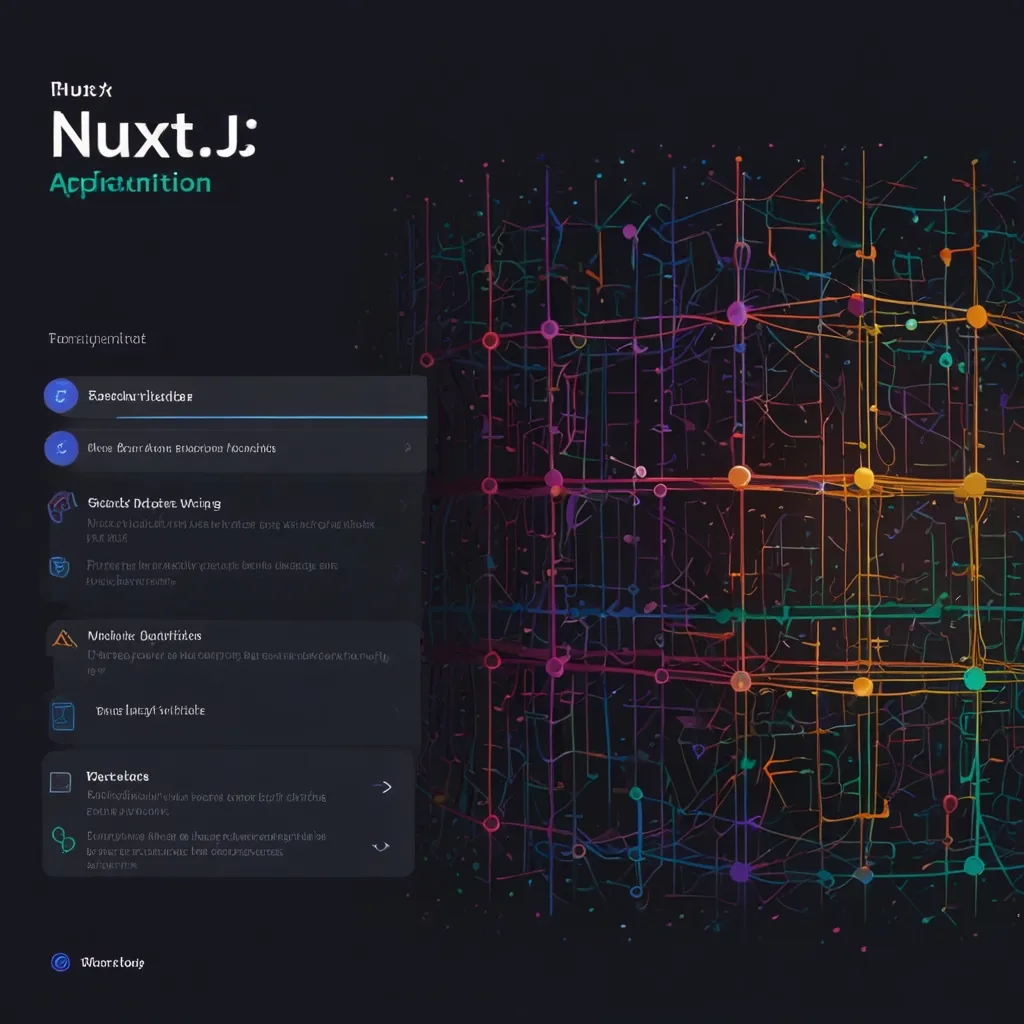So, let’s dive into the world of Strapi, an open-source, headless CMS that’s shaking up the scene. It’s built on Node.js and crafted to make developers’ lives easier by allowing them to create customizable APIs without diving deep into backend coding or managing databases. Fancy, right?
A Quick Intro to Strapi
Strapi is what’s known as a “headless” CMS, which essentially means it doesn’t come with a built-in frontend. The focus here is on the backend, where Strapi exposes APIs that you can seamlessly connect with your frontend applications. This means you have the freedom to pick your favorite frontend frameworks—whether it’s React, Vue, Angular, or even the new kid on the block.
Why Strapi is a Developer’s Best Friend
One major selling point of Strapi is its user-friendly nature. It’s open-source, completely free (yes, you read that right), and has a straightforward setup process. You can get up and running in a matter of minutes. Strapi’s Content-Type Builder is a breeze to use, allowing developers to craft flexible API structures without breaking a sweat. This feature alone saves ample time and hassle, making Strapi a popular choice.
Customization Galaxy
Compatibility and customization are where Strapi really shines. You name it, Strapi is likely compatible with it—be it MongoDB, PostgreSQL, or something else. This adaptability allows you to set up models and create relationships that fit your unique needs, whether you’re working on a website, a mobile app, or an eCommerce platform. Strapi’s API-first approach provides the versatility needed for these diverse projects.
Enhanced Content Experience with TezJS
Pair Strapi with other powerful tools like TezJS, an open-source Jamstack framework, and you’ve got a killer combo for building large-scale enterprise websites. TezJS integrates smoothly with Strapi, offering support for managing dashboards and deploying projects on your favorite cloud platforms. The best part? It guarantees fast performance and enterprise-level security, even when the traffic is off the charts.
Why Go for Strapi?
Businesses are frequently choosing Strapi because it’s so adaptable and easy to integrate. The headless CMS approach it utilizes simplifies launching new projects, making it an optimal choice for both designers and developers. The ability to customize back-end services allows for a lot of creative freedom, ensuring that the final product meets all specific needs and constraints.
Endless Use Cases
Strapi is incredibly versatile. It’s perfect for developing websites, mobile apps, and various digital experiences. Its user-friendly setup and intuitive API creation make it accessible to a broad range of developers. Whether your project involves building a blog, an eCommerce site, or a complex enterprise application, Strapi’s got you covered.
Seamless Frontend Integration
Strapi’s APIs can be consumed by virtually any HTTP client. This compatibility makes it easy to pair with popular frameworks like React, Vue, and Angular. So, if you’re building a frontend with React, connecting it with Strapi’s API to fetch and manage content is a piece of cake. This means less headache worrying about the backend complexities.
Smooth Content Management
For the content editors out there, Strapi offers an intuitive admin panel that makes managing content super easy. Add text, images, videos, and more—all from a sleek interface accessible on any device. Since the CMS is separate from the frontend, content editors focus purely on managing the content without needing extensive tech skills.
Scalability and Stellar Performance
Strapi is designed to handle heavy traffic without breaking a sweat. Its serverless technology stack ensures fast, efficient performance with enterprise-level security and uptime. This makes Strapi an excellent pick for projects expecting a lot of traffic, ensuring your site runs smoothly no matter what.
Thriving Community and Support
One of the perks of Strapi is its vibrant and growing community. Because it’s open-source, it’s constantly being improved by developers around the globe. For those new to headless CMSs, there’s a wealth of resources available, from documentation to forums, making it easy to get started and seek help when needed.
How to Get Started
Getting started with Strapi is easier than you might think. You can create a new Strapi project using the command npx create-strapi-app@latest my-project. This command sets up everything you need. From there, you can define your content models, add relationships, and start building your API. The admin panel is intuitive and makes content management straightforward, while the API can be consumed by any HTTP client.
Wrapping Up
So, there you have it. Strapi is a compelling tool for developers looking to build customizable APIs without the usual headaches. Its user-friendly interface, compatibility with various frameworks, and scalability make it a go-to choice for a range of projects. Whether you’re working on a simple blog or a complex enterprise-level application, Strapi’s headless CMS approach offers the flexibility and performance needed to succeed.






